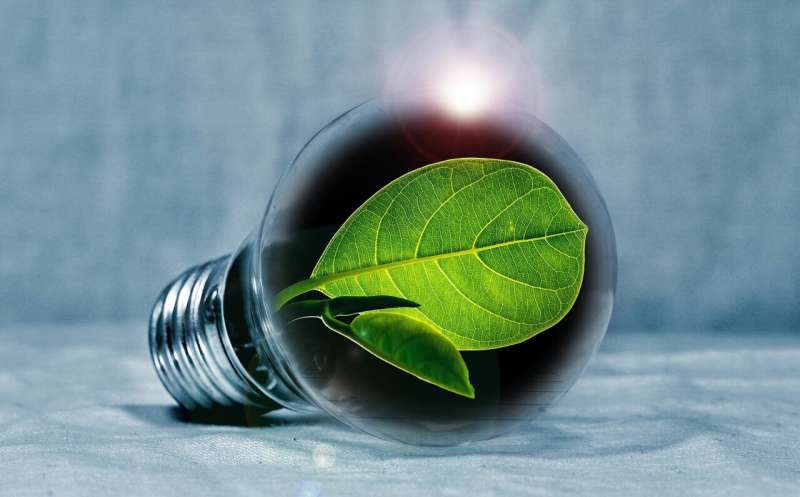
A study from the Stockholm School of Economics finds that the competitiveness of green steel production in Romania partly hinges on hydrogen sourcing—requiring a 15% price premium if hydrogen is purchased externally as opposed to produced on-site. Without this premium, decarbonizing the country’s only primary steel producer could result in billions of losses.
The research, “Pricing the Green Transition: An Investment Appraisal of Romanian Low-Carbon Steel,” published in the Journal of Industrial Ecology, evaluates the financial viability of Liberty Steel Galați’s transition to low‐carbon steelmaking using green hydrogen and electric arc furnace‐based technologies. The plant, one of the EU’s top 10 most polluting steel facilities, aims to become carbon‐neutral by 2030.
“Our findings show that Romanian green steel production can be competitive—if hydrogen is produced on-site and electricity prices remain stable,” says Mara Bălașa, lead author and Ph.D. Fellow at the Stockholm School of Economics. “But if hydrogen is purchased externally, a 15% price premium in the market would be needed to avoid steep value losses.”
The steel industry accounts for roughly 7% of global CO2 emissions and is central to achieving the EU’s 2050 climate neutrality goals. The transition of Liberty Steel Galați could significantly reduce Romania’s national carbon emissions and serve as a blueprint for green steel production in Central and Eastern Europe, a region often overlooked in climate transition research.
Using a novel dataset collected by the Energy Policy Group, a Bucharest-based non-profit independent think tank, the study shows that the premium required to produce green steel in Romania could swing by as much as EUR100 per metric ton depending on how hydrogen is sourced.
If hydrogen is purchased externally, a EUR90 per metric ton premium would be needed for Liberty Steel Galați to avoid losing an estimated EUR3.3 billion in net value over a period of 20 years. But if produced on-site with relatively stable electricity prices, green steel could instead come with a EUR10 per metric ton discount, potentially making it cheaper than steel produced with today’s conventional blast furnace-based technology.
However, full on-site hydrogen production would likely triple annual electricity demand to an estimated 10.9 TWh from about 3.4 TWh today. That is equivalent to about 30% of the total electricity consumption by non-households in Romania in 2022.
Such a jump in electricity demand could lead to spikes in electricity prices, making production costs higher. Also, the electricity would need to be sourced from fossil-free energy sources to qualify as climate neutral—currently about 30% of Romania’s electricity is generated from fossil fuels such as natural gas and coal.
“Our results have practical implications for both industry and policymakers,” says co-author Rickard Sandberg, professor and head of the Center for Data Analytics at the Stockholm School of Economics.
“For steel producers, they help inform risk assessments and future decarbonization strategies. For policymakers, they highlight the urgent need for stable electricity pricing, green energy production, hydrogen infrastructure development, and supportive policies to make low-carbon steel financially viable.”
The researchers note several limitations primarily stemming from forecasting uncertainties regarding future electricity prices, hydrogen infrastructure readiness, and policy interventions such as carbon contracts for difference (CCfDs).
More information:
Mara Bălașa and Rickard Sandberg, Pricing the Green Transition: An Investment Appraisal of Romanian Low-Carbon Steel, Journal of Industrial Ecology (2025). DOI: 10.1111/jiec.70054
Provided by
Stockholm School of Economics
Citation:
Hydrogen sourcing could make or break Romania’s green steel ambitions (2025, June 17)
retrieved 17 June 2025
from
This document is subject to copyright. Apart from any fair dealing for the purpose of private study or research, no
part may be reproduced without the written permission. The content is provided for information purposes only.













Leave a comment